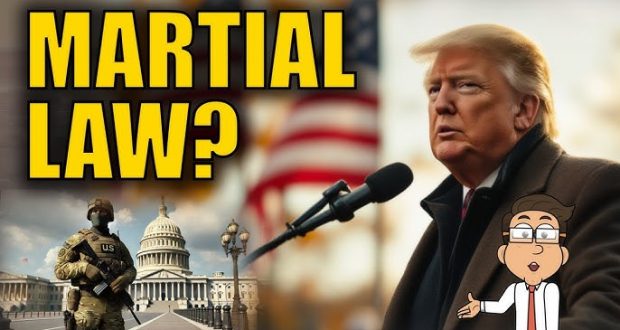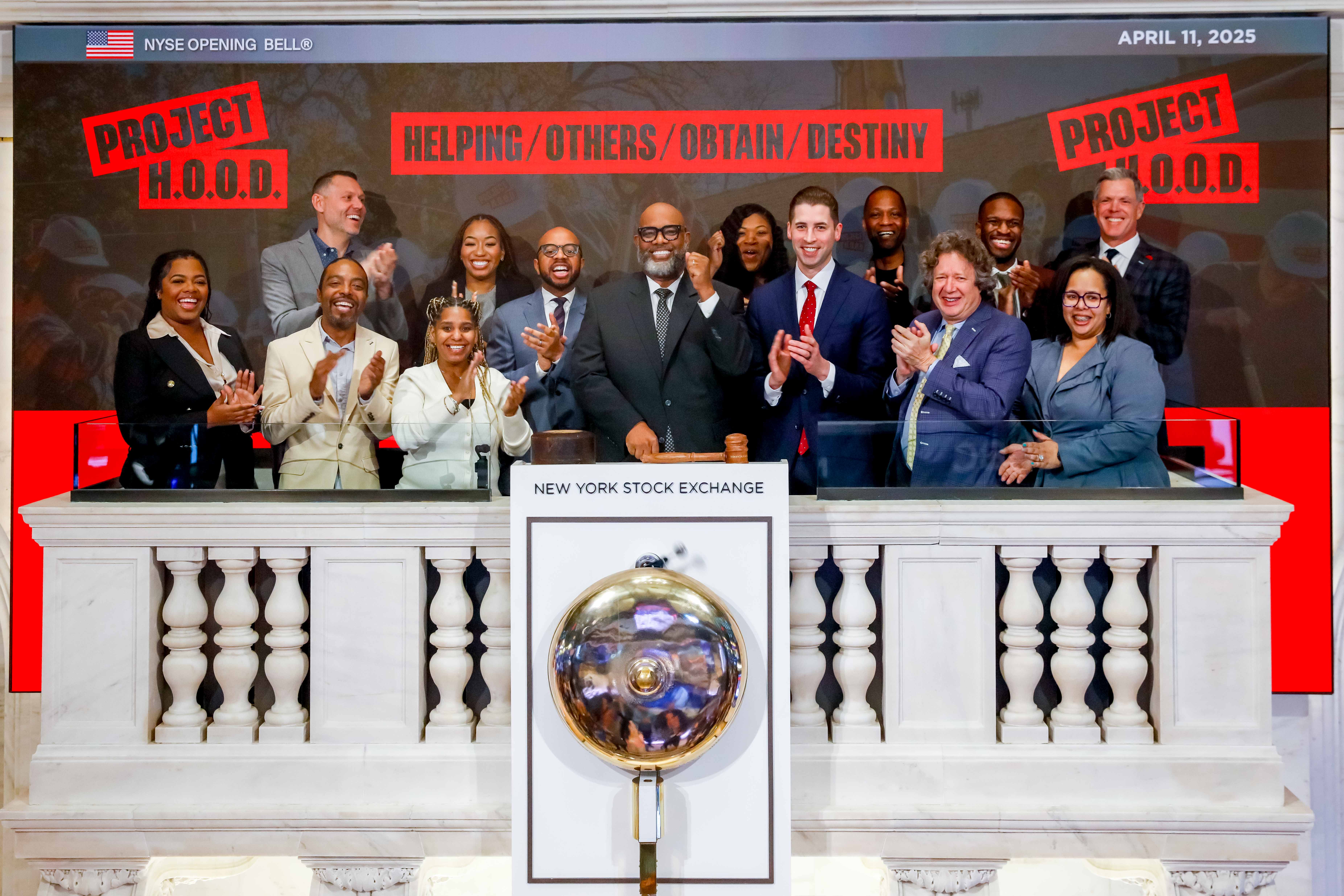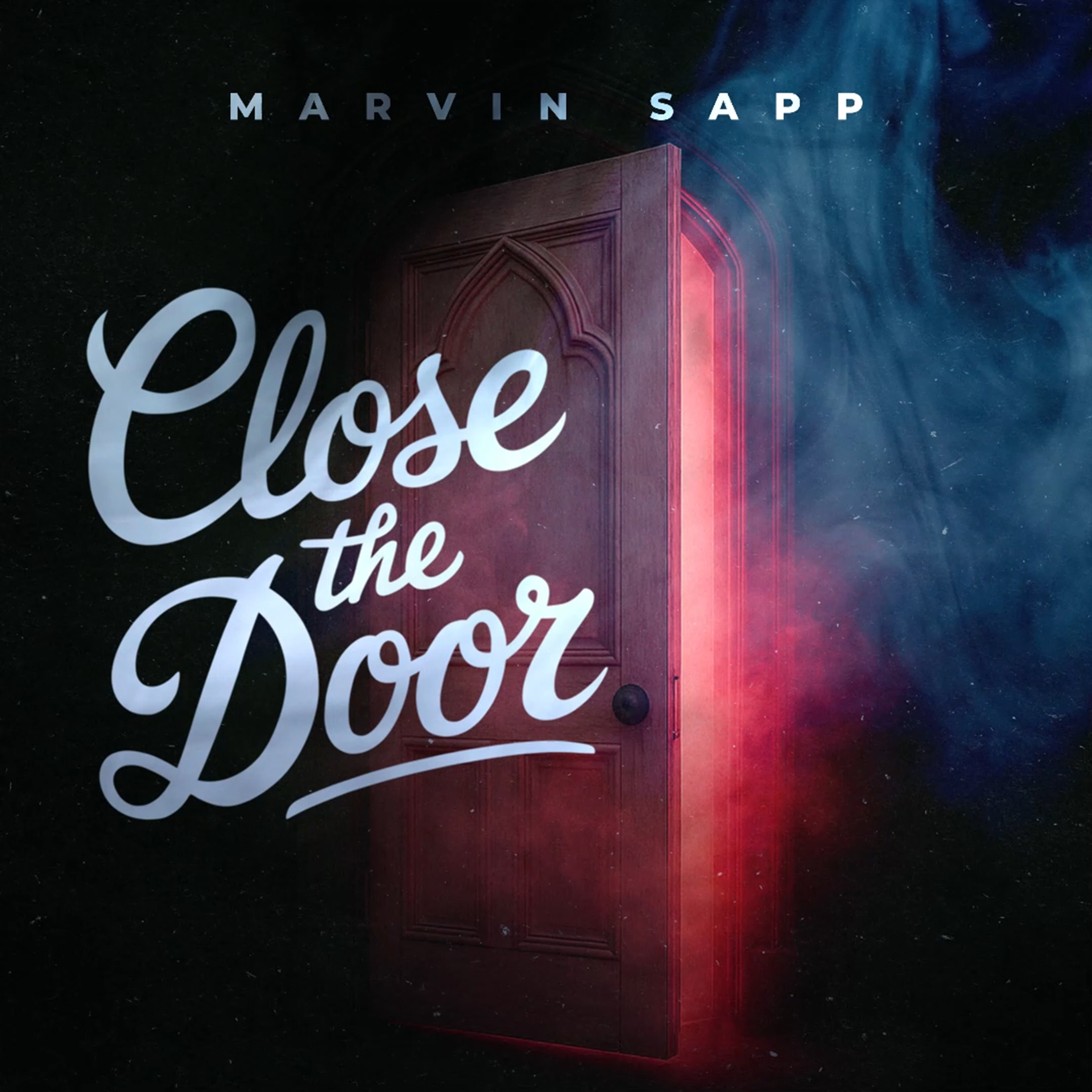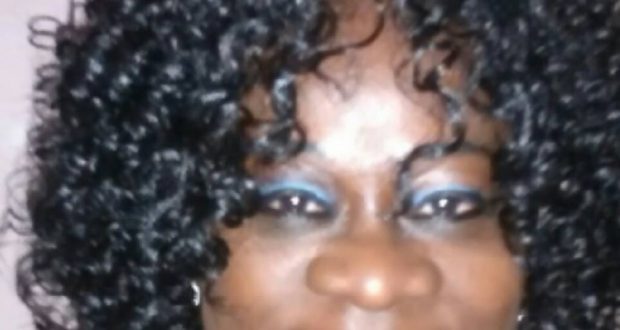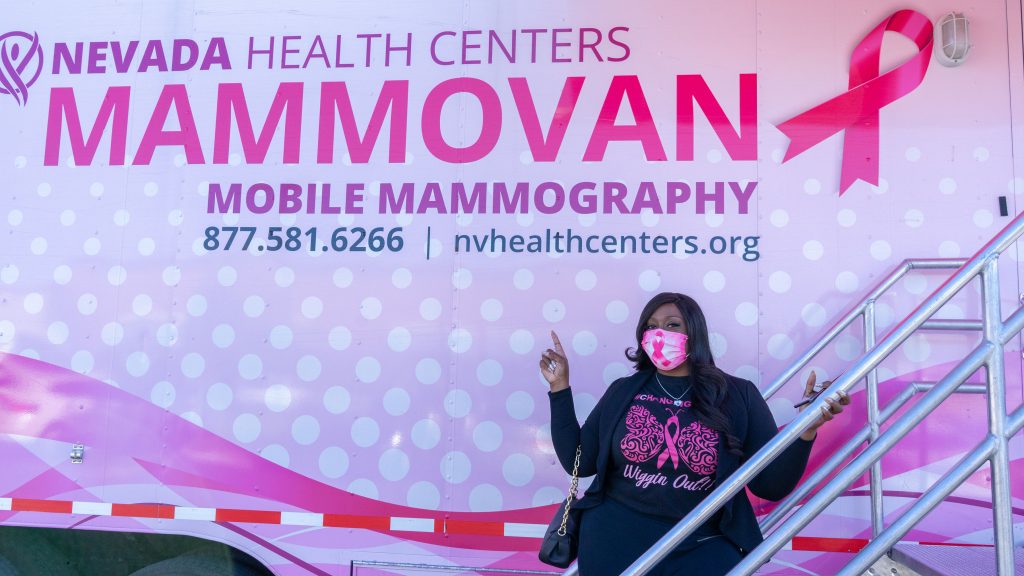By Lou Yeboah
I warned you when you were prosperous, but you replied, “Don’t bother me.” You have been that way since childhood— you simply will not obey me [Jeremiah 22:21]. So, because I called and you refused, I stretched out my hand and no one paid attention; because you neglected all my counsel and did not want my reproof, I also will laugh at your calamity; I will mock when terror strikes you, when terror strikes you like a storm and your calamity comes like a whirlwind, when distress and anguish come upon you. [Proverbs 1:24-27]
Then they will call upon me, but I will not answer; they will seek me diligently but will not find me. Because they hated knowledge and did not choose the fear of the Lord, they would have none of my counsel and despised my every rebuke. Therefore, they shall eat the fruit of their own way, and be filled to the full with their own fancies. For the turning away of the simple will slay them, and the complacency of fools will destroy them; but whoever listens to me will dwell safely, and will be secure, without fear of evil.” [Proverbs 1:28-33]. I tell you, “It Is What It Is, and It Will Be What It Will Be!”
After these things I saw another angel coming down from heaven, having great authority, and the earth was illuminated with his glory. And he cried mightily with a loud voice, saying, “Babylon the great is fallen, is fallen, and has become a dwelling place of demons, a prison for every foul spirit, and a cage for every unclean and hated bird! [Revelations 14:8].
For all the nations have drunk of the wine of the wrath of her fornication, the kings of the earth have committed fornication with her, and the merchants of the earth have become rich through the abundance of her luxury.” And I heard another voice from heaven saying, “Come out of her, my people, lest you share in her sins, and lest you receive of her plagues. For her sins have reached to heaven, and God has remembered her iniquities. Render to her just as she rendered to you and repay her double according to her works; in the cup which she has mixed, mix double for her. In the measure that she glorified herself and lived luxuriously, in the same measure give her torment and sorrow; for she says in her heart, ‘I sit as queen, and am no widow, and will not see sorrow. [Revelation 18:3-5]
Therefore, her plagues will come in one day–death and mourning and famine. And she will be utterly burned with fire, for strong is the Lord God who judges her. The kings of the earth who committed fornication and lived luxuriously with her will weep and lament for her, when they see the smoke of her burning, standing at a distance for fear of her torment, saying, ‘Alas, alas, that great city Babylon, that mighty city! For in one hour your judgment has come.’ [Revelation 18:8-10].
What shall we say, then? Shall we go on sinning so that grace may increase? May it never be! [Romans 6]. As the Holy Spirit led Paul to write in [1 Corinthians 6:9-11]: “Do you not know that the wicked will not inherit the kingdom of God? Do not be deceived: Neither the sexually immoral nor idolaters nor adulterers nor male prostitutes nor homosexual offenders nor thieves nor the greedy nor drunkards nor slanderers nor swindlers will inherit the kingdom of God. Hear what Peter told the onlookers when he healed the beggar at Beautiful gate: “Repent, then, and turn to God. That your sins may be wiped out, that times of refreshing may come from the Lord.” [Acts 3:19].
“I call heaven and earth to witness against you today that I have set before you life and death, blessings and curses.” “Choose Life” [Deuteronomy chapter 30]
For although they knew God, they neither glorified him as God nor gave thanks to him, but their thinking became futile, and their foolish hearts were darkened. Although they claimed to be wise, they became fools and exchanged the glory of the immortal God for images made to look like mortal man and birds and animals and reptiles… And even as they did not like to retain God in their knowledge, God gave them over to a debased mind, to do those things which are not fitting [Romans 1:18-23; 28]. “It Is What It Is, and It Will Be What It Will Be!”
 Westside Story Newspaper – Online The News of The Empire – Sharing the Quest for Excellence
Westside Story Newspaper – Online The News of The Empire – Sharing the Quest for Excellence
